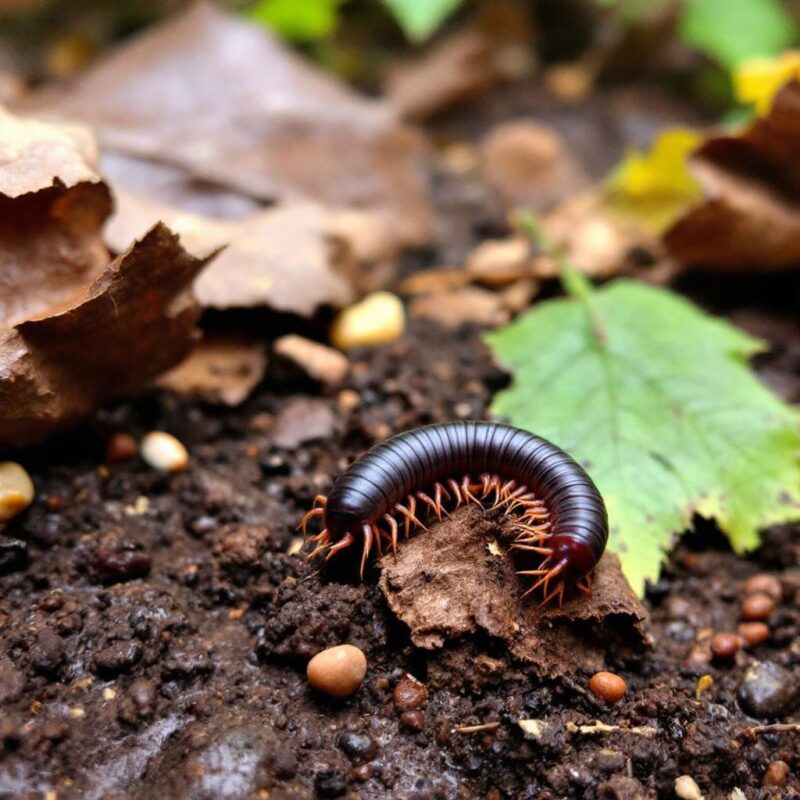Pest Library
How to Identify &
Get Rid of Millipede
Millipedes are slow-moving, worm-like arthropods with long, segmented bodies and two pairs of legs per segment—unlike centipedes, which have one pair per segment. They range in color from brown to black and curl into a spiral when disturbed or threatened. Millipedes thrive in damp, decaying environments like under logs, leaf litter, compost piles, and moist soil. Indoors, they may appear in basements, bathrooms, or near damp walls, especially during the rainy season.Protect your home or business from millipedesby learning techniques
for identification and control.

Order Blattodea
IDENTIFY
Millipede Insect Control by AIPM
What is a Millipede?
Millipedes are long, segmented arthropods with two pairs of legs per body segment. They are usually black or brown and curl into a spiral when disturbed. Millipedes are not insects but belong to the class Diplopoda. They live in moist environments and feed on decaying organic matter.
Pest Treatment
How Millipedes Harm Humans
Millipedes are generally harmless to humans as they do not bite, sting, or transmit diseases. However, some species can release a defensive chemical—usually a foul-smelling liquid or mild toxin—when threatened or handled. This secretion may cause skin irritation, redness, or mild allergic reactions in sensitive individuals. If accidentally crushed or touched, it’s recommended to wash hands thoroughly and avoid touching eyes or mouth. While they are not a health threat, their sudden appearance indoors, especially in large numbers, can be unpleasant. At AIPM Pest Management, we provide safe and effective solutions to prevent millipede invasions and maintain a hygienic, pest-free environment.


Millipede Control by AIPM
AIPM provides professional, certified, and effective millipede control through:
1. Inspection – Identifying millipede infestation sources and breeding grounds.
2. Moisture Control – Reducing indoor and outdoor moisture using drying and ventilation techniques.
3. Crack Sealing – Sealing wall cracks, gaps around doors/windows, and floor joints.
4. Chemical Treatment – Applying safe, WHO-approved pesticides along baseboards, cracks, and entry points using:
Spray treatment
Residual chemical barriers
5. External Barrier Spray – Preventing entry by treating building perimeters.
6. Monitoring and Follow-up – Regular checks to ensure long-term prevention.
FAQ
Frequently asked questions.
Millipedes do not bite or sting and are not dangerous to humans or pets. However, they can release a foul-smelling fluid that may irritate skin or stain fabrics. Their presence in homes can be unpleasant and indicate high moisture levels.
Millipedes often enter homes during the rainy season or when outdoor conditions become too dry or wet. They seek shelter in cool, damp places like basements, bathrooms, and under furniture.
We offer professional millipede control through:
Residual chemical spray in infested and entry-prone areas
Perimeter treatment around the building
Moisture control recommendations and sealing of entry points
No. Millipedes do not damage wood, furniture, or structures. They feed on decaying plant matter and are only temporary intruders indoors.
Yes. Our millipede control treatments are performed using approved, safe chemicals. We take all necessary precautions to ensure safety for your family and pets during and after service.
Eliminate pests and prevent future problems.
- +91 9607171409
